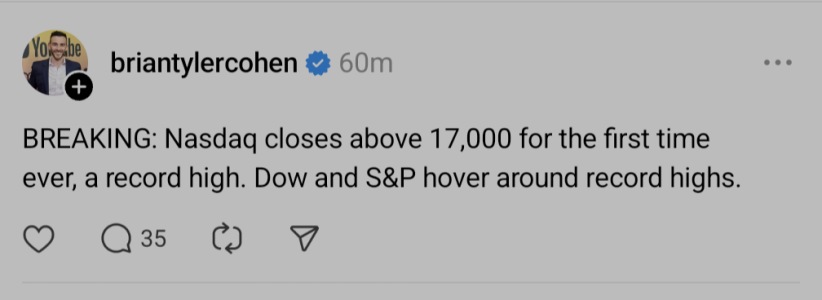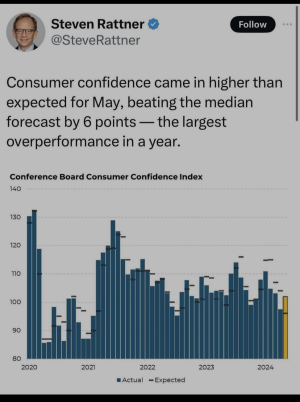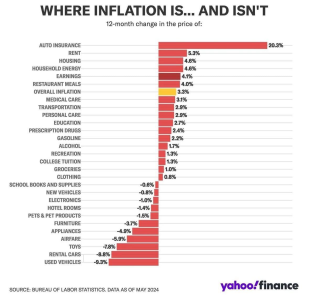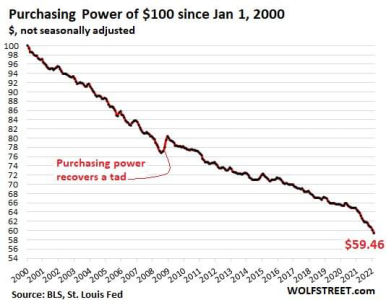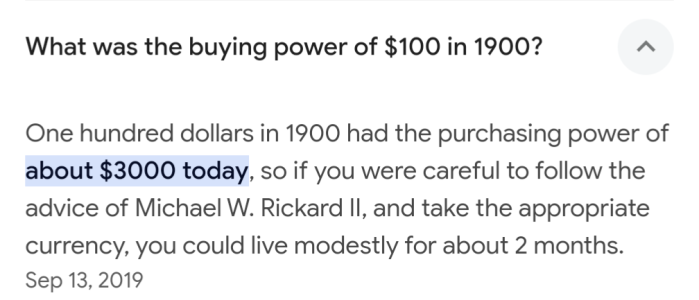Polds4OSU
Marshall
Dow Jones Industrial Average Tops 40000 for the First Time
The Dow Jones Industrial Average crossed 40000 for the first time, a milestone that appeared implausible little more than two years ago when the Federal Reserve began raising interest rates to cool an overheated economy.
Gloom and doom forecasts abounded. When the central bank ended the era of ultralow rates that prevailed in the years following the global financial crisis, economists predicted painful consequences: a U.S. recession and rising unemployment.
Markets shuddered. The Dow industrials and other equity benchmarks ended 2022 with their biggest declines since 2008, the year Lehman Brothers collapsed.
But as the months passed, employers kept adding jobs. People kept spending, splurging on big-ticket items like cars and blowout getaways to see Taylor Swift. Inflation kept cooling. Perhaps most important, the recession predicted by so many economists hasn’t materialized, giving investors hope that stocks might keep climbing.
“Not only didn’t we have a recession, we had a robust economy with tight labor markets, healthy consumers who were consuming,” said Katie Nixon, chief investment officer for Northern Trust Wealth Management.
Markets got another boost when advances in generative AI, the kind of artificial intelligence used in OpenAI’s ChatGPT, captured investors’ imaginations, helping propel the biggest tech stocks skyward.
The Dow has now soared nearly 40% from its low in September 2022—and more than doubled since the spring of 2020, when attempts to slow the spread of Covid-19 closed swaths of the economy. The 30-stock index has risen about 6% this year.
The latest leg of the rally has been powered by signs of continuing U.S. economic strength, offsetting the retreat of investor expectations that inflation will cool enough to allow central-bank officials to sharply reduce interest rates this year. Recent data showed hiring slowed in April, but the labor market remains robust and inflation has declined from its peaks without returning to the Fed’s target.
Yet interest rates remain much higher than in the years before the pandemic. The yield on the 10-year Treasury topped 5% in October for the first time in 16 years.
Higher yields weigh on stocks by lowering the value of companies’ future earnings in commonly used pricing models. They also give investors opportunities to earn a meaningful return without the level of risk found in the stock market.
The jump in rates is one outgrowth of the pandemic that continues to reverberate throughout the economy. For example, the Fed’s efforts to tame inflation have had a profound effect on the cost of borrowing to buy a home. The average rate on a 30-year fixed-rate mortgage in October reached 7.79%, the highest since 2000, according to Freddie Mac.
Homeowners who would like to move are staying put so they can hold on to their lower-rate mortgages. The resulting lack of homes for sale has pushed prices beyond the reach of many prospective buyers.
“We’re still dealing with a number of these economic distortions that can all be traced back to Covid,” said Yung-Yu Ma, chief investment officer at BMO Wealth Management. “That’s why a lot of forecasters have had difficulty over the past couple of years.”
Stocks have rallied over the past year as the economy defied expectations and investors exulted in the possibility that innovation in AI leads to a surge in productivity. The enthusiasm around AI fed into last year’s hottest trade, the Magnificent Seven group of big tech stocks.
Nvidia, the chip maker at the heart of the AI boom, has seen its market value soar to more than $2 trillion. Microsoft reached $3 trillion, its shares energized by a partnership with OpenAI.
“AI has definitely changed the picture for investors,” said Que Nguyen, chief investment officer of equity strategies at Research Affiliates. “AI is real. I think that AI is going to have a big impact on productivity and how we work.”
In many ways, the picture for markets looks rosy. Stocks beyond the Magnificent Seven, from small-caps to industrials, have gained ground lately, a potentially promising sign for the rally. Even bitcoin and gold prices have hit records in recent months.
“We sort of have a bull market in lots of different things,” said Liz Ann Sonders, chief investment strategist at Charles Schwab. “There are plenty of times where bonds and stocks do well, but that’s usually not a backdrop where gold does well. That’s kind of a manifestation of bullish on everything.”
Still, some investors worry that stocks look expensive, especially the biggest ones. That could leave them vulnerable if corporate performance disappoints.
“I do think there’s a bit of a reckoning coming for U.S. equity market valuations,” said Don Calcagni, chief investment officer at Mercer Advisors. “It just doesn’t seem logical given how high interest rates are at the moment.”

